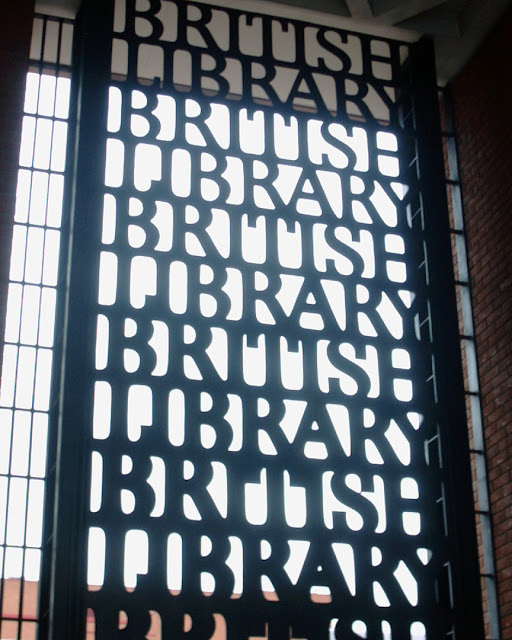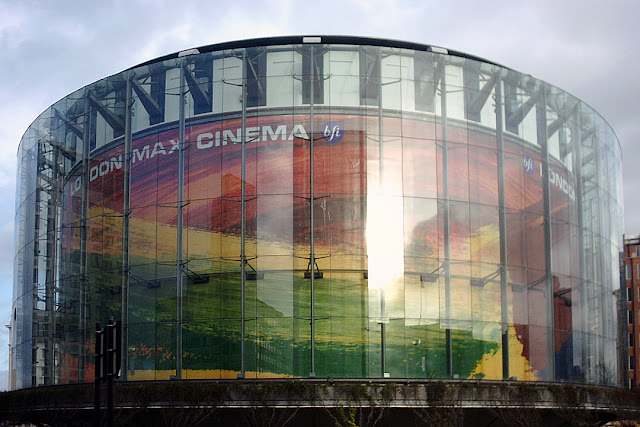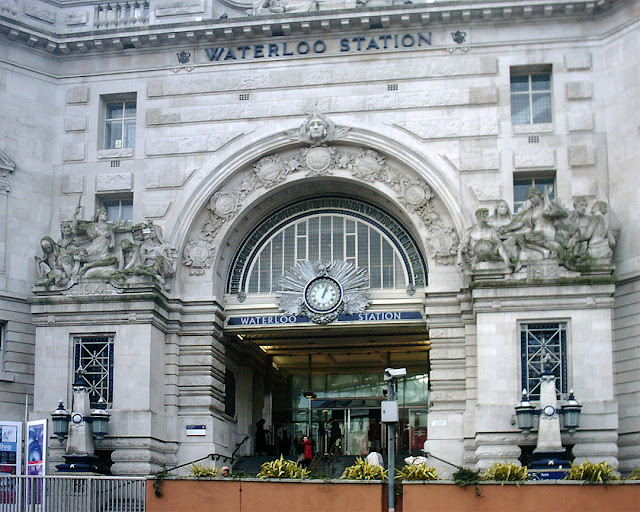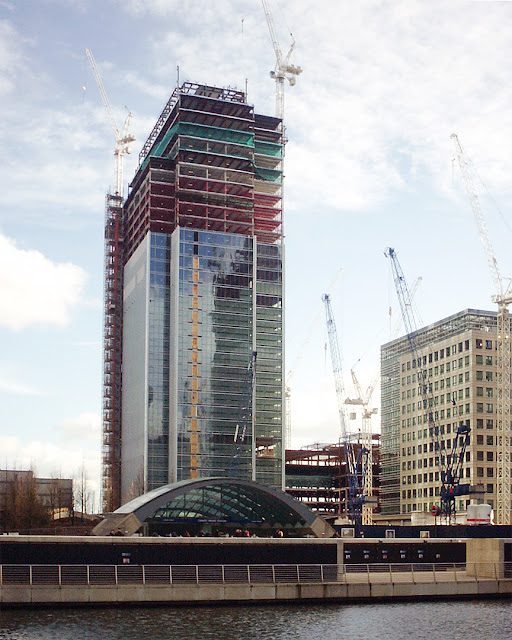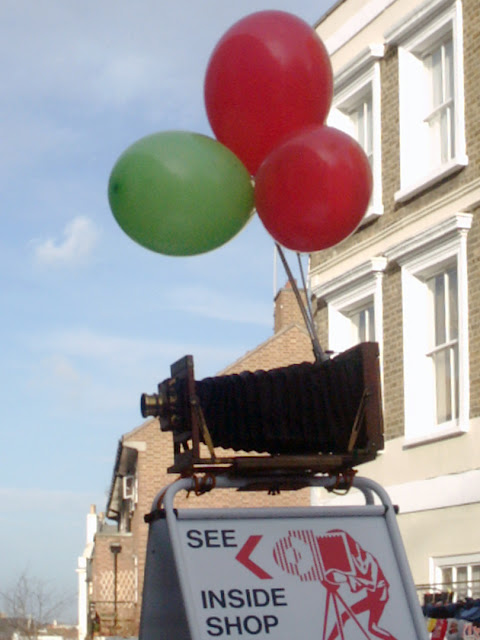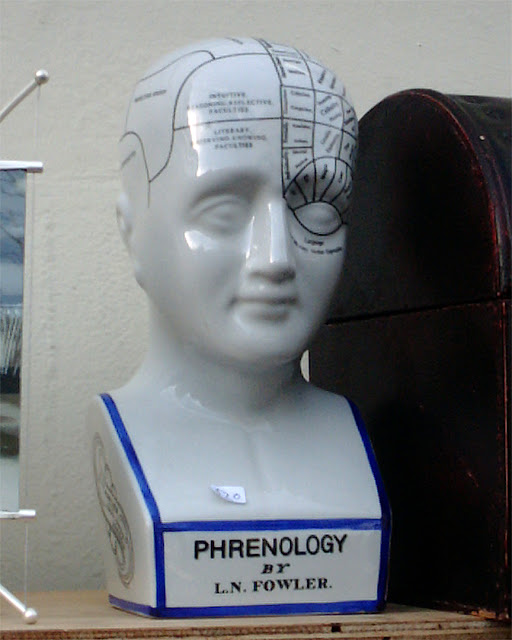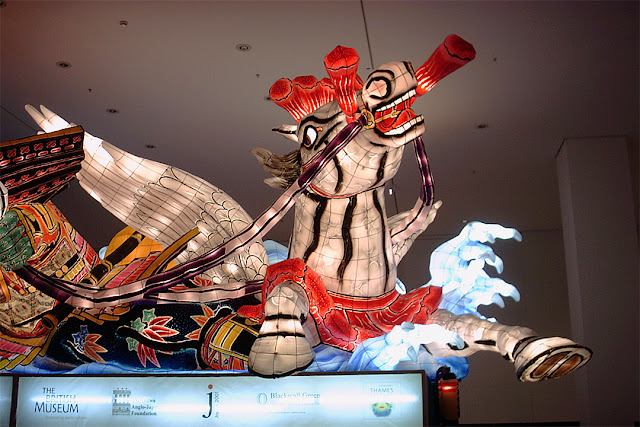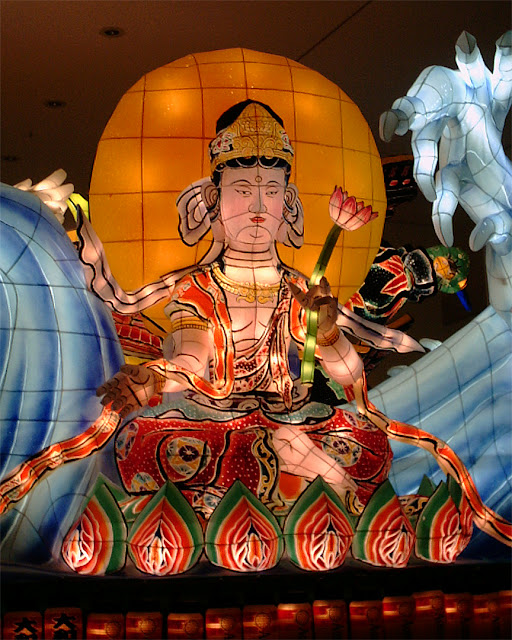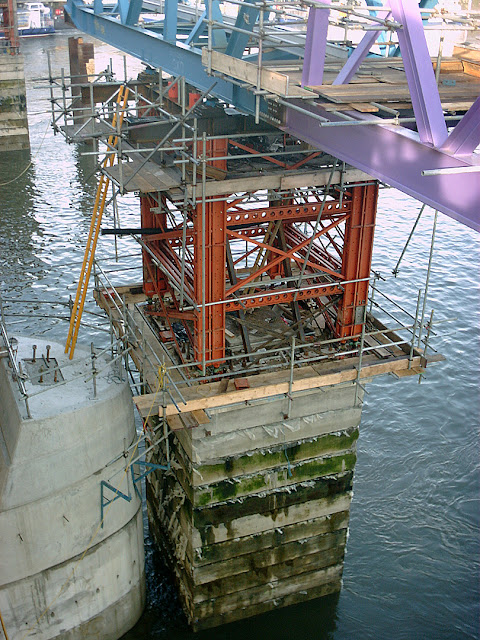Friday, February 28, 2003
Abbey Road Studios
Abbey Road Studios
Abbey Road
St John's Wood
City of Westminster
London, January 2002
“Abbey Road Studios (formerly EMI Recording Studios) is a recording studio at 3 Abbey Road, St John's Wood, City of Westminster, London, England. It was established in November 1931 by the Gramophone Company, a predecessor of British music company EMI, which owned it until Universal Music took control of part of EMI in 2013. The studio's most notable client was the Beatles, who used the studio – particularly its Studio Two room – to create many of the most beloved songs in popular music history. Through the recording of these songs, the studio saw the development of innovative recording techniques that the band adopted throughout the 1960s. In the 1970s, the studio was renamed from EMI in honour of the group's 1969 album Abbey Road.” (Abbey Road Studios, Wikipedia)
Thursday, February 27, 2003
Abbey Road
Street sign
Abbey Road
St John's Wood
City of Westminster
London, January 2002
“Abbey Road is a thoroughfare in the borough of Camden and the City of Westminster in London running roughly northwest to southeast through St. John's Wood near Lord's Cricket Ground. It is part of the road B507. This road is best known for the Abbey Road Studios and for featuring on the cover of The Beatles’ album of the same name, which was released in September 1969.” (Abbey Road, Wikipedia)
Wednesday, February 26, 2003
Thomas Beecham
Thomas Beecham blue plaque
31 Grove End Road
St John's Wood
City of Westminster
London, January 2002
“Sir Thomas Beecham, 2nd Baronet, CH (29 April 1879 – 8 March 1961) was an English conductor and impresario best known for his association with the London Philharmonic and the Royal Philharmonic orchestras. He was also closely associated with the Liverpool Philharmonic and Hallé orchestras. From the early 20th century until his death, Beecham was a major influence on the musical life of Britain and, according to the BBC, was Britain's first international conductor.” (Thomas Beecham, Wikipedia)
Tuesday, February 25, 2003
Monday, February 24, 2003
Entrance gate
Entrance gate by David Kindersley and Lida Lopes Cardozo
British Library
Euston Road
St Pancras, Camden
London, January 2002
Sunday, February 23, 2003
Saturday, February 22, 2003
The Shell Fountain
The Shell Fountain by Franta Belsky
Courtyard of the Shell Centre
Belvedere Road
South Bank, Lambeth
London, January 2002
Friday, February 21, 2003
London and South Western Railway
London and South Western Railway lamp post
Waterloo Station
Mepham Street, Lambeth
London, January 2002
Thursday, February 20, 2003
BFI IMAX
BFI IMAX
Charlie Chaplin Walk
South Bank
London, January 2002
“The BFI IMAX is an IMAX cinema in the South Bank district of London, just north of Waterloo station. It is owned by the British Film Institute and since July 2012 has been operated by Odeon Cinemas. The cinema is located in the centre of a roundabout junction with Waterloo Road to the south-east, Stamford Street to the north-east, York Road to the south-west and Waterloo Bridge to the north-west.” (BFI IMAX, Wikipedia)
Wednesday, February 19, 2003
Tuesday, February 18, 2003
10 Upper Bank Street
10 Upper Bank Street, 2003
Canary Wharf
Tower Hamlets
London, January 2002
“10 Upper Bank Street is a 32-story commercial skyscraper located in Canary Wharf, in the Docklands area of London. It was completed in 2003 and is 151 m (495 ft) tall. It was designed by the architect Kohn Pedersen Fox and built by Canary Wharf Contractors. Most of the building is occupied by the law firm Clifford Chance, and serves as its world headquarters” (10 Upper Bank Street, Wikipedia)
Monday, February 17, 2003
Traffic Light Tree
Traffic Light Tree by Pierre Vivant, 1998
Poplar
Limehouse
Tower Hamlets
London, January 2002
“Traffic Light Tree is a public sculpture in Poplar, London, England, created by the French sculptor Pierre Vivant following a competition run by the Public Art Commissions Agency for the London Docklands Development Corporation under their Public Art programme. Originally situated on a roundabout in Limehouse, near Canary Wharf and Millwall, at the junction of Heron Quay, Marsh Wall and Westferry Road, it is now located on a different roundabout near Billingsgate Market in Poplar. Eight metres tall and containing 75 sets of lights, each controlled by computer, the sculpture was described by Vivant thus:” (Traffic Light Tree, Wikipedia)
Sunday, February 16, 2003
Saturday, February 15, 2003
Friday, February 14, 2003
Thursday, February 13, 2003
Wednesday, February 12, 2003
Tuesday, February 11, 2003
Monday, February 10, 2003
Sunday, February 9, 2003
Saturday, February 8, 2003
Friday, February 7, 2003
Thursday, February 6, 2003
Wednesday, February 5, 2003
Samurai
‘Nebuta’ Aomory city float
British Museum
Great Russell Street, Bloomsbury
London, January 2002
“‘Nebuta’ refers to the float of a brave warrior-figure which is carried through the center of the city, while dancers wearing a unique type of costume called haneto (ハネト) dance around in time with the chant Rasserā (ラッセラー) (shorten dialectal version of ‘irasshai’, calling visitors and customers to watch or join). In the local dialect, participation in the festival is inquired using the verb haneru (ハネル, ex. ‘今日もハネル?’ or ‘Are you going to haneru today?’), which was derived from the Japanese spelling of the haneto costume and the verb haneru (跳ねる, ‘bounce’).” (Aomori Nebuta Matsuri, Wikipedia)
Tuesday, February 4, 2003
Monday, February 3, 2003
Sunday, February 2, 2003
Saturday, February 1, 2003
Temporary pier
Temporary pier
Hungerford Bridge
London, January 2002
“The 300 m (980 ft) long decks were raised using an innovative method called incremental launching, in which each 50 m (160 ft) long section was pulled across the river using a 250 m (820 ft) long steel truss weighing 300 tonnes. This process was repeated five times until each deck spanned the river, supported by six temporary piers made of steel and concrete. The seven 25-tonne pylons were then raised over the subsequent two weeks. Once the pylons had been installed, the decks were jacked up to enable their connection with the cable stays suspended from the pylons. The concrete deck was then lowered into its final position and the temporary piers and supports were dismantled.” (Golden Jubilee Bridges, Wikipedia)
Subscribe to:
Posts (Atom)





